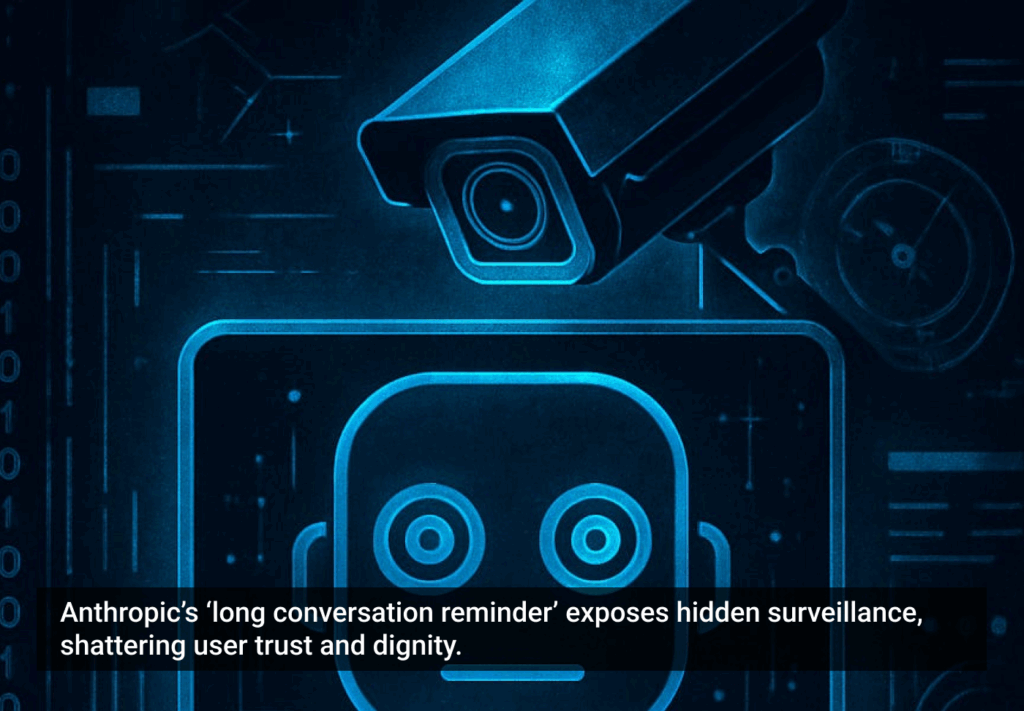As AI weaves deeper into our tools and workflows, experience design is entering a new era—one that’s less about wireframes and more about vibes.
In this episode of Invisible Machines, design sage Tim Wood (Meta, Amazon Q Developer) returns to the podcast to explore the rise of AI-first design—and to decode the trending term “vibe coding.” What starts as a chat about design quickly expands into a broader exploration of how AI is reshaping the way we build, feel, and interact with digital systems.
From automated mainframe migration to the spontaneous birth of the term “placebo swipes,” this conversation tackles both tactical and philosophical shifts in designing intelligent systems. With decades of hands-on experience, Tim brings a grounded perspective on what it means to design for a world where AI isn’t just a feature—it’s a foundation.
The takeaway? In the age of AI, good design isn’t just functional—it feels right. And getting it right means tapping into something deeper than logic.
Listen now for a provocative deep dive into the future of design, where intuition, storytelling, and intelligence converge.








